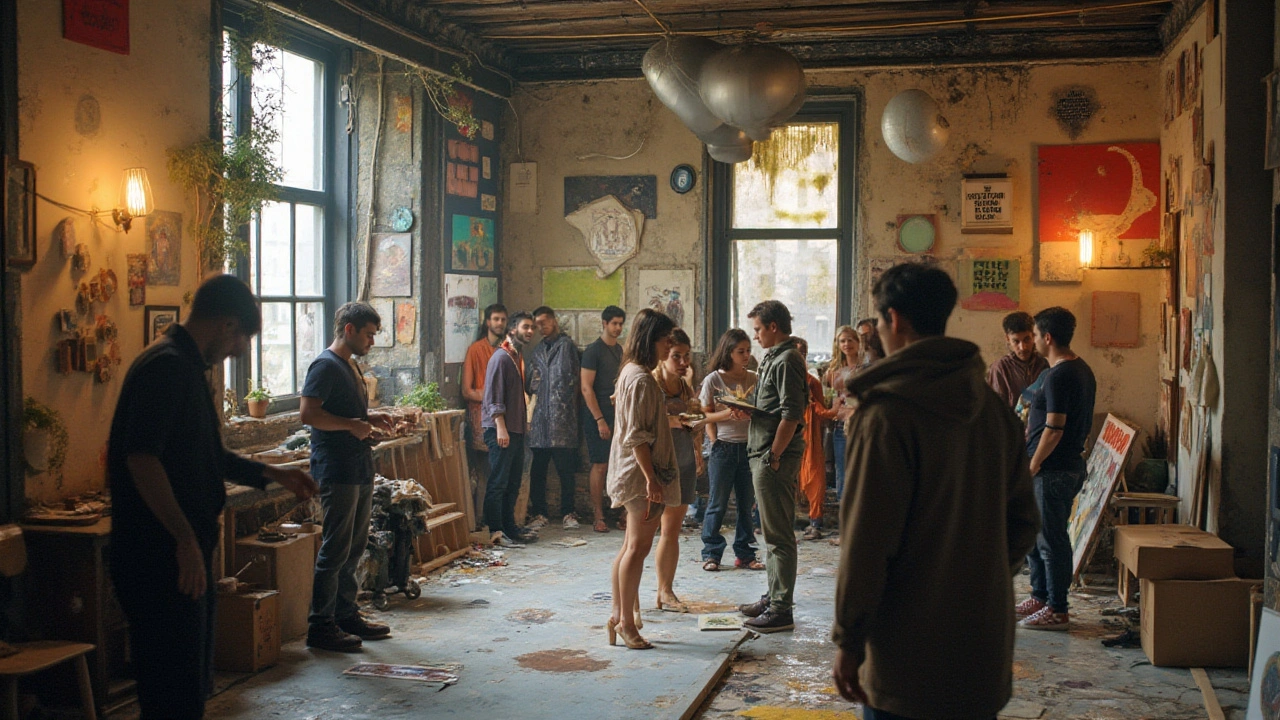Contemporary influence: read the signs and use them
Ever noticed a living room that looks like a Bauhaus sketch or a mural that borrows from Cubism? That’s contemporary influence at work — old ideas showing up in new places. This page helps you spot those echoes and use them whether you’re making art, decorating a space, or planning a public project.
How to spot it
First, look for structure. Movements like Bauhaus favor clean lines and function over fuss. When you see simple geometry or furniture that feels made for use, that’s Bauhaus showing up. Next, check materials and scale. Installation art and land art often change how a space feels — large outdoor pieces or immersive rooms are clues. Also listen to mood: Expressionism and Baroque borrow emotion and drama, so exaggerated color or strong contrasts can trace back to them.
Watch for borrowed techniques. Photorealism shows up when artists push detail to the extreme. Futurism shows up in work that celebrates speed, tech, or motion — think fast visuals in games or smart-city design. And sometimes influence is thematic: the Harlem Renaissance and Fluxus bring cultural storytelling and performance into contemporary pieces, not just visuals.
How to use influence in your work
Be deliberate. Pick one clear source and adapt, don’t copy. If you like De Stijl’s grid and color, use its balance with modern typography for a poster or website. If you’re decorating, try mixing a single Baroque accent with minimalist furniture rather than a full revival — that contrast creates punch without clutter. When designing public spaces, borrow Land Art’s site-aware thinking: work with the landscape instead of forcing a shape onto it.
Mix old tools with new tech. Photorealism techniques can pair with digital painting, and Futurism ideas fit naturally into VR or game design. Want practical reading? The site’s articles like "Bauhaus Modernism: How Bauhaus Design Changed Art, Architecture, and Everyday Life," "Photorealism Art: Techniques, Secrets & History for Stunning Realism," and "Futurism’s Impact on Smart Cities" give specific examples and steps to try.
Ask questions while you make: What problem did the original movement try to solve? Can that solution be updated for now? Use those answers to steer choices in color, form, and function. Also test in context — a sketch that reads fresh in a studio might feel off in a living room or plaza. Place and audience matter.
If you teach or curate, use influence as a talking point. Show paired works: a Cubist painting beside a modern poster or an Ukiyo-e print next to a contemporary tattoo design to spark conversation. Readers can follow deeper pieces on this site — from "Cubism: The Art Movement That Shook Up Art" to "Ukiyo-e and Its Influence on Japanese Tattoo Art" — to see clear lines between past and present.
Contemporary influence isn’t a rulebook. It’s a toolbox. Pull one tool, test it, then adjust. You’ll make work that feels rooted and fresh at the same time.

